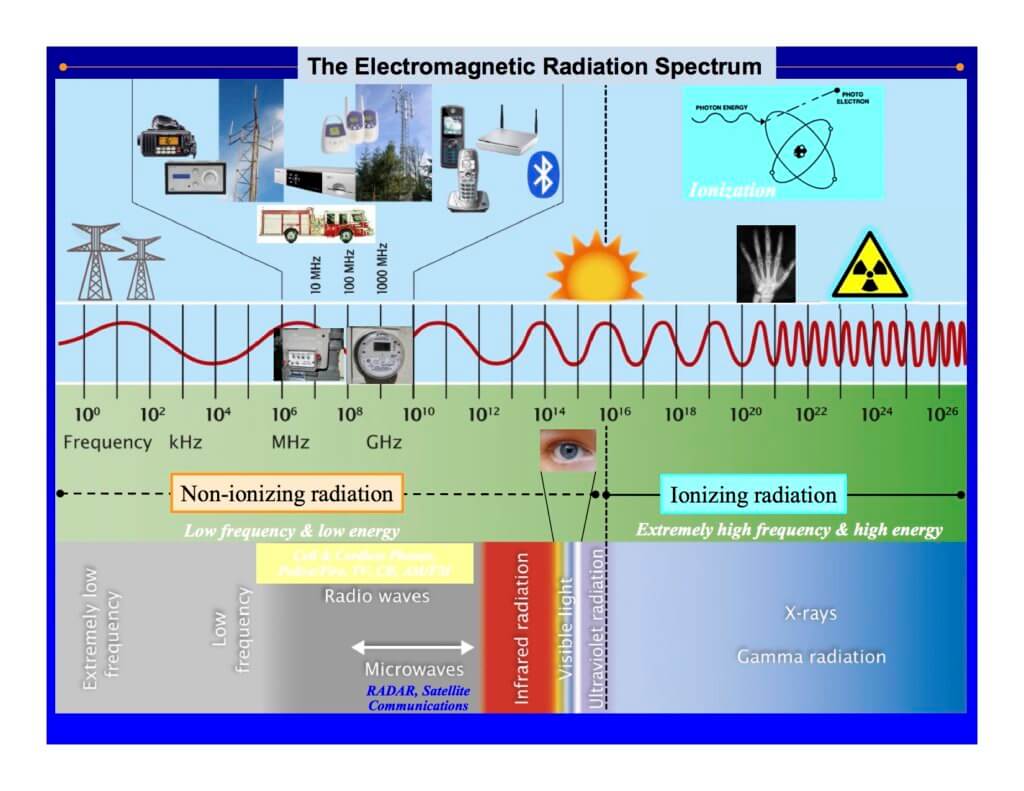As Apple AirPods became ubiquitous on city streets, offices and gyms, it was inevitable that conspiracy theorists and rumor mongerers would raise the same concerns that made headlines in the early days of cellphones: do these wireless devices pose a health risk? And specifically, could they cause cancer?
The controversy over cellphones has largely dissipated– but now it’s the AirBuds’ turn. The latest salvo came from a widely circulated March article published by a website called “HypeBeast”, which addressed a 2015 report asking the United Nations to take the risks of wireless devices seriously.
Read MoreAnd a professor of biochemistry at the University of Colorado-Colorado Springs, Jerry Philips, who signed the 2015 document, told Medium that "[His] concern for AirPods is that their placement in the ear canal exposes tissues in the head to relatively high levels of radiofrequency radiation.”
But according to Dr. Bushberg, observations of negative biological effects of AirPods have been confined to single studies, and haven’t ever accumulated into a convincing argument. “There are reports that show occasionally biological effects. Some of these are biological effects that don't have adverse effects. But usually the studies with adverse effects have failed to be replicated. So you can't take one study, you have to look at all the studies in totality to really understand what the science is saying," he says.

Chart describing radiation levels on the electromagnetic spectrum
He wouldn’t say AirPods are 100 percent safe, because, he said, science is never 100 percent. “In science we never get to a point where we say something is absolutely safe, because I wouldn’t portend that we know everything about the human physiology and biochemistry. Of course we don't. So all we can do is to express what we know today, using the best tools we have for health and safety,” says Dr. Bushberg.
But he wouldn’t call them dangerous either, because the radiation involved falls in the category of “non-ionized radiation,” which can’t really penetrate the body, and doesn’t do much to change the chemistry and biology of our cells upon exposure. “Ionized radiation,” by contrast, is radiation that can penetrate the body, and can have negative health effects. For example, gamma rays that are used for X-Rays are a type of ionized radiation, and doctors have to be very careful about how they use them,” he says.
The graph above can help us understand where AirPods fall on this spectrum. “The big dotted line separates the ionizing radiation from the non ionizing. The visible part of the spectrum is the part that our cones in our eyes are sensitive to. The bluetooth symbol [also where you’d find Airpods] falls to the far right of the telecommunications devices, about the same as a microwave. It's about a million times less energy than visible light,” Dr. Bushberg says.
“Then beyond the visible light spectrum [to the right on the graph] is the ionizing radiation,” he continues.
The smaller the wavelengths, the more the radiation can interact with the body and have negative effects. “As frequency gets higher, wavelengths get shorter and shorter, the energy in the wave increases, and the size of the wave itself begins to assume quantum properties, meaning it can actually interact with things at the atomic level,” he says.
Learn more about SurvivorNet's rigorous medical review process.

